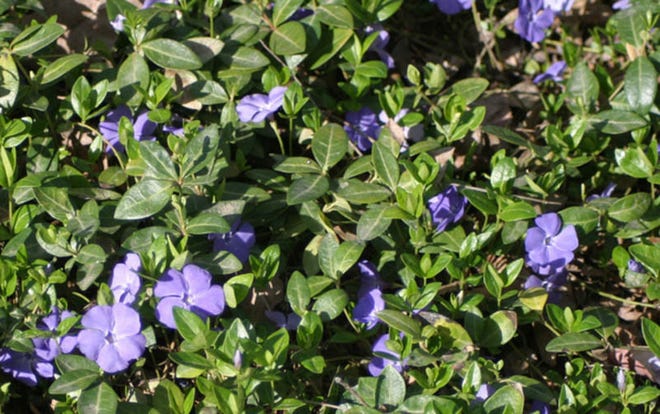Why you should hold off on planting annual flowers and vegetables right now

Most people keep their lives organized with a calendar so they know where they are supposed to be and when. A lot of people also use the calendar to determine when they are going to do certain things in the garden. A great example of this is planting annual flowers and vegetables around Mother’s Day.
Mother’s Day has always been thought to be a safe time to plant, as the risk of frost or a freeze is minimized. In the past, the average date of the last frost was May 15, but that has been moved up to late April. Even with this change, Mother’s Day is still more of a solid, safer time to plant. This year Mother’s Day is May 14, which is as late as it can be.
We need times and dates to maintain structure in our lives, but plants do not care about times and dates. Plants run their lives by temperature. Specifically soil temperature, rather than air temperature. This is because a plant's roots control most of what happens with the rest of it.
Work that pays off:How to attract butterflies, bees and other pollinators to your garden 🦋
Plants do not have brains, but they are pretty smart by nature. They will not be tricked by a few warm, sunny days. It takes several days of warm weather to warm the soil. When the soil has warmed sufficiently, the roots start to wake up and begin sending nutrients up into the plant to wake up the buds.
This time of year in April, people start getting very anxious to start planting summer annual flowers. It is easy to do because they are being sold everywhere. It is understandable to want to plant flowers so you can enjoy them as long as possible.
Be aware that if you plant summer annuals too early, they become more vulnerable because frost – and even freezing temperatures – will always be possible in the first couple of weeks of May. We had a hard freeze with temperatures going as low as 27 degrees the weekend of Mother’s Day in 2020.
The other unseen problem could be soil temperature that is below the average level a specific plant thrives in. An example of this would be the annual Vinca, also called Periwinkle. Vinca needs warm soil and air. It prefers to grow in 80-degree temperatures. Professional growers struggle with Vinca for this reason, which why it is typically not available until late May.
Weeds:How to prevent those pesky spring weeds in your lawn (or not)
Some retailers will make these plants, and others, available as soon as they think you'll want to buy them. Good, reputable garden stores will make you wait until the conditions are right, so that you will be successful.
Remember, the most important condition is the soil temperature. Temperatures in the range of the mid-seventies are best for most annual plants and vegetables. Planting should be done when these temperatures can be sustained. As I write this column, our soil temperature is in this range, but a few cold nights could cause the soil temperature to drop.
When you plant, you want your flower and vegetable plants to take off and start growing. This won't happen if the soil temperature is too low. Planting in cold, wet soil can actually hurt the plants. In the greenhouse, they are growing in warm temperatures, and you'll want to minimize the change in growing conditions when you plant outside.
There is also the issue of the availability of certain flowers. It is understandable that you want to shop early to ensure you get the flowers you want. As you consider buying plants early, keep in mind that growers and retailers still use Mother’s Day as the target for peak season, and that is when you will find the best selection of all types of annual flowers and vegetables.